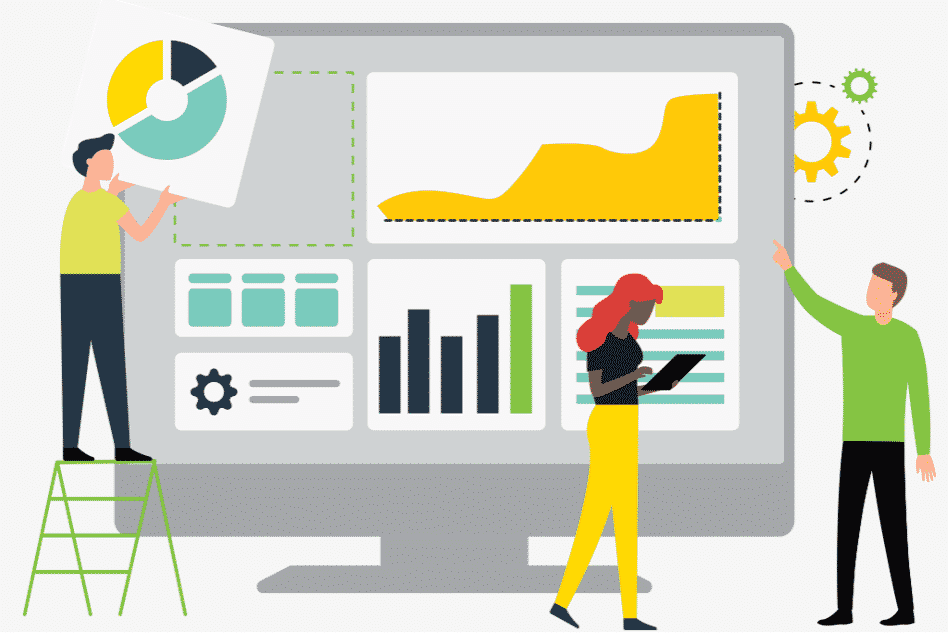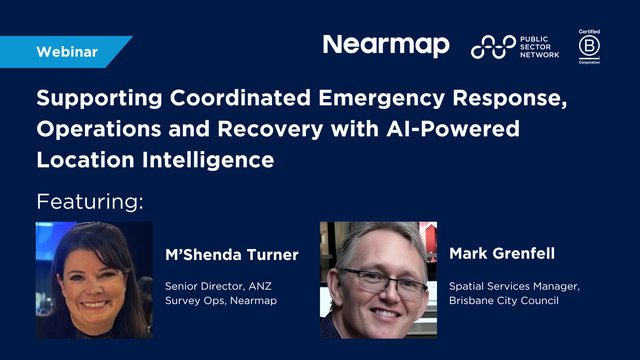Government Keynote:

At our recent Building your Data Platform virtual event – NZ, Pamela Moss, Director of Planning and Information, University of Auckland explored strategies on how to exploit advanced data and analytics capabilities to enhance personalised student experience
Her presentation explored:
Enhancing the data management and analytics capabilities for the university
Empowering and influencing decision making
Effectively creating a more personalized experience for students and staff
Creating student-centric data

Students are the lifeblood of any educational institution, particularly a university in a major city, which often attracts many thousands of students. This is definitely the case at the University of Auckland, where Pamela Moss , the Director of Planning and Information, says they have “more than 45,000 students and up to 7,000 staff.” Each of these people generates data, and as such, the University of Auckland – like all universities – “is a very rich data organisation.” It is therefore incumbent on the university to “maximise the value of our data asset, and to collect it, curate it, profile it and look after it in an enhanced way, to provide support to our students.”
To ensure “that we provide a distinct student experience and that we are student-centric,” the University of Auckland released their “new strategic plan, ‘Taumata Teitei’,” in 2020. It essentially has two sections: One about the data itself, and one about how to use that data for the benefit of students. Data is particularly important to a university because it “underpins a lot of what we do. ” They use data to guide student performance, to enhance their research capabilities, to assist with financial information and even “to move into carbon neutrality.” Most importantly, data is used to “enhance our decision-making, and that requires a holistic view of all aspects of the university.” As such, the data needs to be “accessible and integrated,” and easily available.
Currently across the university, there are “44 databases, as of the most recent count.” The intention is to reduce the number of them, but more importantly, to collate them into usable insights and analytics. This is being achieved through data warehouse capabilities, and through the specific cloud and other platforms including AWS and Power BI. For those staff or others that require updates, “we consider that providing daily updates is reasonably advanced and suites our needs.” The university has also adopted a data lake as a repository for their data and is using it “to pull the critical data back into the data warehouse to deliver learning content for students.” This includes outcomes for international students, more than 2,000 of whom “are currently based overseas,” and importantly, to understand “the relationship between student participation and their success in individual courses.” To date, 30 or so applications are already in the cloud, with the 100 or so remaining ones due to be migrated by late 2022. The intention is to modernise all of the IT infrastructures because ultimately the goal is to “advance our data and analytics capabilities, practices and frameworks.”
”
We want to support the innovation and co-creation of services and experiences for students by creating distinctive, equitable, accessible, culturally attuned and user-shaped experiences across the university.
Pamela Moss
Director of Planning and Information, University of Auckland
Using data to create a
personalised experience

The second section, as stated earlier, is about using data for the benefit of students. This realisation crystallised during the height of COVID-19, when some students continued to engage with the campus, even whilst the majority of students and staff were at home. “We wanted to understand who was on campus, who wasn’t, and who needed extra support.” Prototypes for understanding student engagement “were rapidly built” and were then further adapted to gain greater insights. The purpose was to “identify students who were at risk” and thus they used sources that initially seemed “quite disconnected, like student accommodation data and our student management system, and this was integrated with our scholarship and awards information.” Although data was obtained from a wide range of disparate sources, the analysis was largely based on instinct and observation. It showed though that “each student’s experience matters,” and that data analysis was necessary.
For instance, “the first year at university is critical for students.” Many will only excel if the transition from school to university is a positive one. If this academic transition can be enhanced in some way, then this may assist in creating that positive experience. Therefore it is best for students to study what they are already excelling in and enjoying. So when they are about to transition, “we use their interests, their backgrounds, and their academic preparation to work out what they want to study, what they should be studying, and what are their pathways to achieve their goals.”
“We use data science to better understand the relationship between student’s achievement in secondary school and their achievement at the University of Auckland. We then use predictive modeling, machine learning and cluster analysis to support students in different stages across their different milestones.”
The point of this is to then “make early offers” to appropriate students so that they understand their own potential. Some are also awarded scholarships based on the data. This only began in 2020, but “was extremely successful” and some students received university offers even before their final high school exams. This in turn gave them confidence and calmness heading into their final days of school. The data that is collected is used to predict and understand student’s “academic experience and engagement, their participation in student life and how it affects their pathway through to graduation.” In the future, through extended analysis and surveys, it may also be used to “understand their alumni engagement and their future careers.”
Data from multiple sources and across multiple years is used and will be used to predict scores, rankings and success. It may not always be accurate, but it is likely to go some way in assisting students to study courses that “are best suited to their needs.” It may also assist them in working towards their goals, and whilst students are at university, “we use that information to provide personalised support, and sometimes to nudge them to better engage in their studies.” Importantly, given where this came from, data is also used “to identify students at potential academic risk and to intervene with the students before that risk takes place before it becomes impossible for them to be rescued.”
For other students, data and information is used “to frame advice about future study options, or to provide insights about ways to improve first-year achievement, experience, and retention.” Overall, data is being used to enhance the student experience. The university aims to reflect the population and thus data is also used to “inform recruitment strategies aimed at enhancing our share of high potential applicants from a range of socio-economic cohorts across New Zealand.”


































